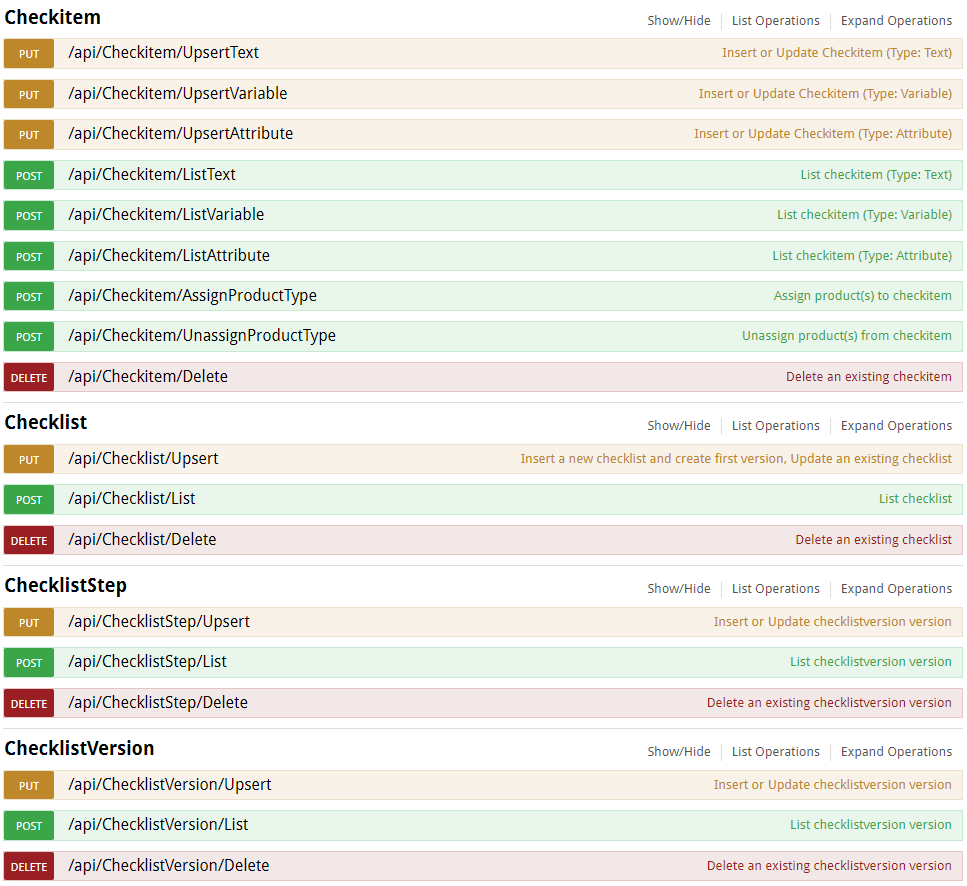Workflow-related Improvements
The following enhancements have been made to workflows and related functions:
Control of shared expressions
MESTEC allows you to create shared entities, such as shared expressions, to reduce the administration burden when creating similar items with similar logic. It allows you to create the entity once which can then be referenced by multiple workflows.
In regulated environments, the shared expression needs to have enhanced control so that changes can’t be made which could have unintended consequences.
It is impossible to change a shared expression without impacting the workflows that are referencing it. To manage this, increased change control was put in place around shared expressions:
- A flag that indicates whether something is controlled, which requires specific permissions to edit controlled shared expressions.
- Revision tracking was added to shared expressions.
- The Where used button on the Expressions administration screen displays a list of all the places the expression is used in workflows so you can understand the implications of any change.
- Controlled workflows are not allowed to reference non-controlled shared expressions.
- Only users with Edit Controlled Entities and Expression Administration permissions are allowed to edit controlled shared expressions.
Create and approve multi-recipes for shared workflows
It used to be necessary to create a workflow for every product that could use that workflow. For example, if you had 10,000 products and you had a common process that went across all 10,000 products, you had to create and maintain 10,000 copies of that workflow.
In recent versions of MESTEC, a new capability was introduced where you could create and approve a shared workflow once that could be referenced by all the products that use it. However, you have to still create a recipe for each instance that the workflow is used. The recipe is the link between a workflow and product.
In 8.1, the UI for creating these recipes for shared workflows was improved to significantly reduce the burden of administration in creating and approving the use of a workflow on many products.
You can multi-select the products that will use the workflow and create a recipe containing the shared workflow for all the selected products.
The Product Approvals page has been enhanced to support multi-select recipes that are pending approval. You can approve, return to draft or obsolete a batch of recipes.
Improved visibility of revision history
In 8.1, we improved auditability to track who made configuration changes and when they were made, to help with auditing compliance in highly regulated environments.
Version vs revision
There is a distinction between a version that was approved and the revisions that were made to that version before it was approved. When you create version 1, you could make several edits, each one being a revision of version 1. When you approve version 1, no further revisions would be permitted on that version.
The following revision history buttons were added:
- Revision History: On the BoM and BoM Version screen when a BoM version is selected.
- Slot Revision History: On the Slots & Candidates screen when a slot is selected.
- Property Revision History: On the Slots & Candidates screen when a slot is selected.
- Candidate Revision History: On the Slots & Candidates screen when a candidate is selected.
- Operation Revision History: On the Workflow Operations screen when an operation is selected.
The report is displayed in a grid format, and it allows you to select the columns you want displayed. The image is an example of the Revision History report accessed from the BoM & BoM Version screen.

Improved Tool Management
Tool management has been improved in 8.1 as follows:
- The ability to decommission tools. Tools with the new Decommission status will not be displayed in the list of possible tools available for a user to select.
- The removal of the Tooling Administration permission and the introduction of more granular permissions including:
- Create Tool
- Edit Tool
- Set Tool Calibration Status
- Change Tool State
- Set Tool Properties
- Tool Type Admin
These permissions are added to the Tool Administrator role by default.
Link Job/Item to Issue Enhanced Functionality
When you create an issue, you can link specific jobs, items and operations to the issue. Historically, you could only link an issue to jobs, items and operations if it was a QA Hold issue (the IsQAHold checkbox checked in the Add/Edit Issue Type popup).
In 8.1, you can link issues not of QA Hold type to jobs, items and operations. This will allow you to put the item on hold or continue working on the item whilst the issue is being resolved.
Public API
The ongoing enhancement of our Public API saw the inclusion of endpoints related to:
Checklist Management

Issue Management

API Documentation
You can explore the full list of supported APIs in the documentation at: https://[SUBDOMAIN].mestec.net/apidocs/index
Document Types
The addition of document types improved document management and administration.
All documents used to go into a single document repository. There was just one set of permissions that determined if you could add or edit documents and document control was limited.

In 8.1, document types were introduced which explicitly define whether a document is controlled, what its file type is, and it allows you to specify different view permissions. It also lets you choose what documents of that type are linked to. These could be:
- Product
- Item
- Job
- Operation
- Recipe
- Issue
- Checklist
- Checklist Step
- Etc.
Documents of a certain type can only be accessed from the relative section. For example, you won’t find an Item document type under Products.
Document Capture Action
The Operation Actions functionality in the Design Workflow UI was enhanced to include the Image / Document Capture Action action type. This allows an operator who is booked onto a job to capture an image using their device’s camera, upload an image from their PC, or upload documents of a specified document type.

Through this action type, operators can capture images and upload documents. For example, to verify the quality of work completed or capture evidence of a defect.
When you configure the image capture/upload action, you can specify what the image/document relates to. Your selection will be based on the document types you configured in Documentation Manager. For example, you may choose to configure: Product Image, Item Image, Operation Image, etc.


